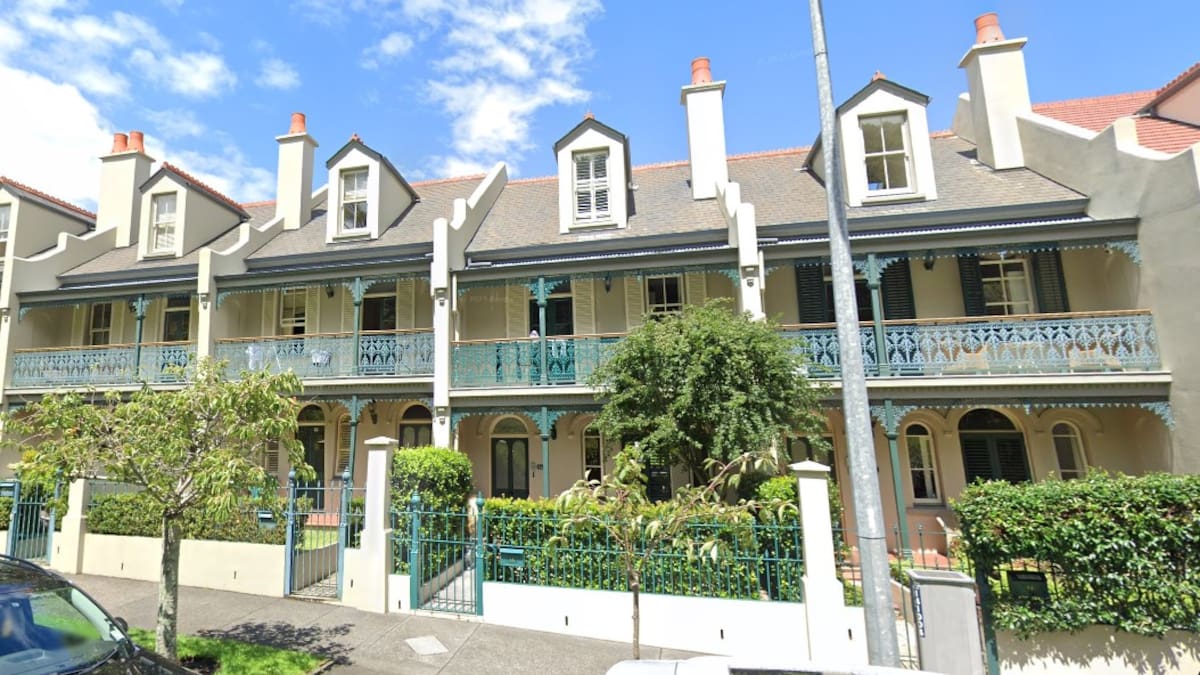Auckland Council chief economist Gary Blick said the biggest factor driving land values was proximity to commercial centres, particularly the CBD.
“Demand tends to be stronger in central locations and locations that are closer to things people need in their daily lives, such as access to services like shops as well as transport links and also jobs.”
Estimated residential land values per square metre. Image / Auckland Council
Blick said some land could command higher values because it is close to natural amenities, like beaches, coastlines and parks.
“[Some] people want a bit more people space and happy to live a bit further away and travel a bit more.”
Transport corridors – particularly major train stations or transport hubs – can also increase land values.
“When you’ve got a rapid transport network that gives you the frequency and speed – like around those station catchments – people are prepared to pay a little bit more for those locations and the convenience they offer.”
Land values can often differ significantly from housing prices, depending on how many homes have been built on land or could be built on land under planning rules.
“When you enable more intensity or more flexible use of land, it can be used more productively and that’s capitalised into the land value,” Blick said.
“Even though the land value goes up, you can use it more flexibly and you can use less land per home.
“You’re giving the person the choice to use less land and perhaps have a terraced house or townhouse-style home.”
Auckland Council this week voted to send a new plan change out to public consultation which will dictate how much intensification can occur across the city and where.
RMA Minister Chris Bishop said Aucklanders will have a chance to have their say on the latest plans from November 3 to December 19.
Michael Sergel is Newstalk ZB’s business reporter, covering the daily life of business and the business of daily life. He’s been covering business, politics, local government and consumer affairs for over a decade.

